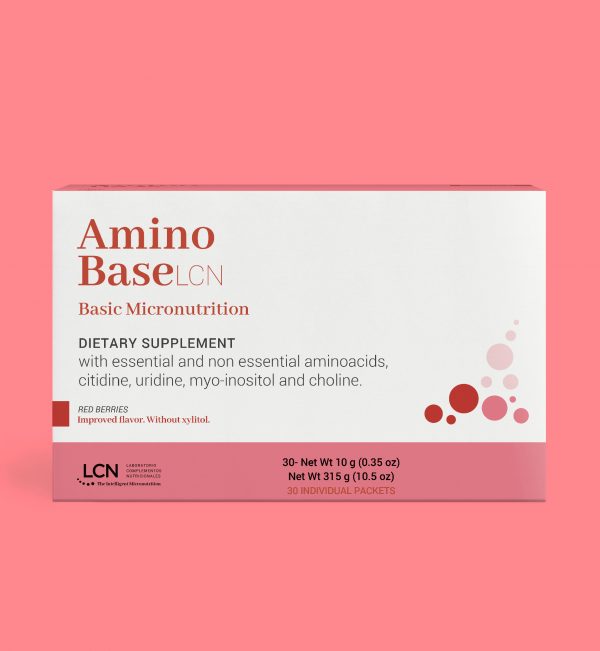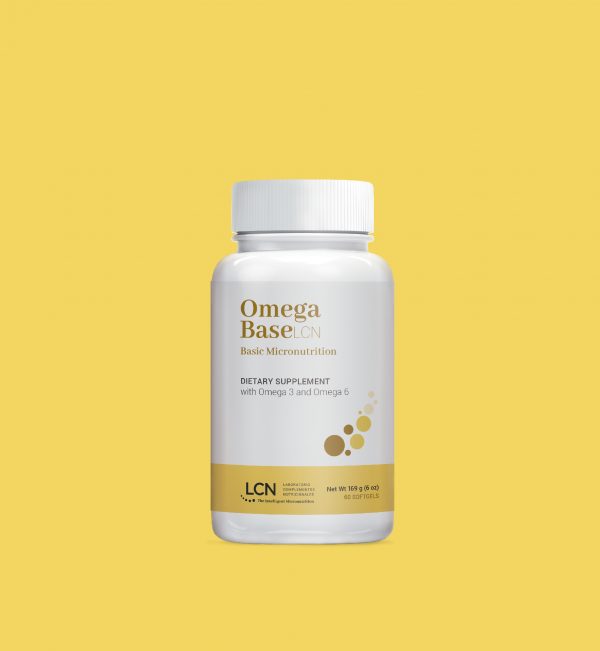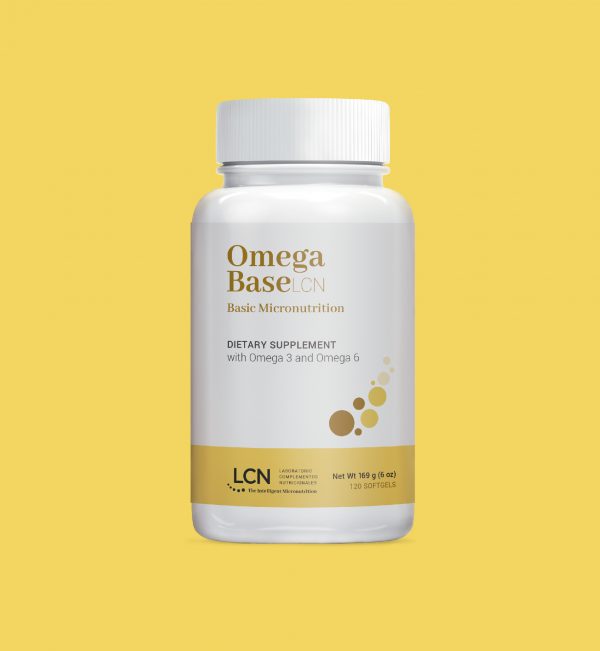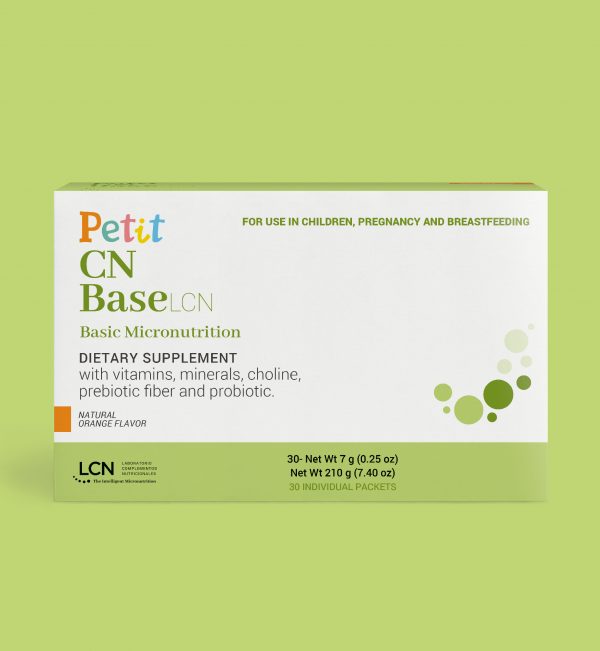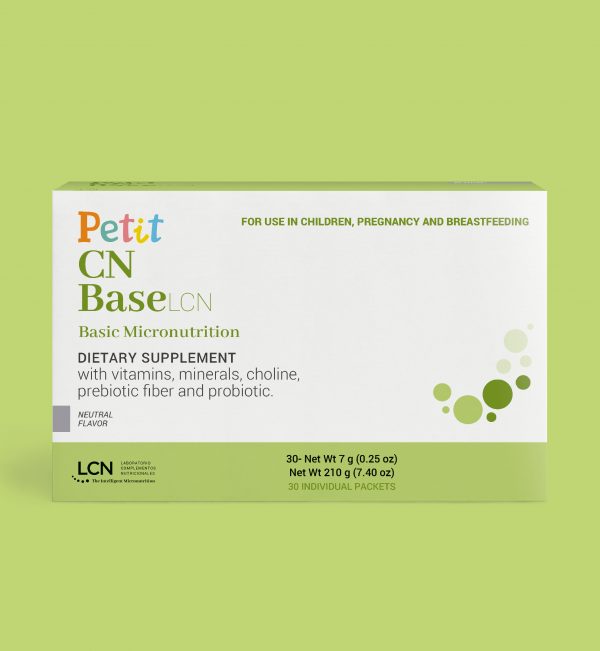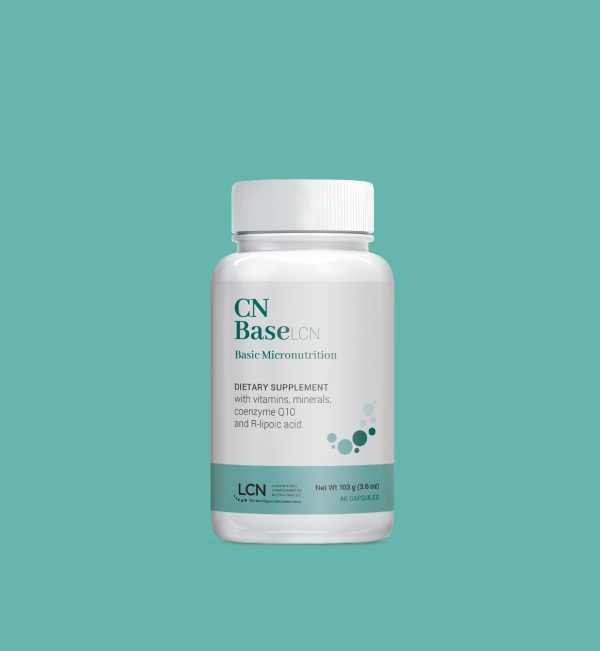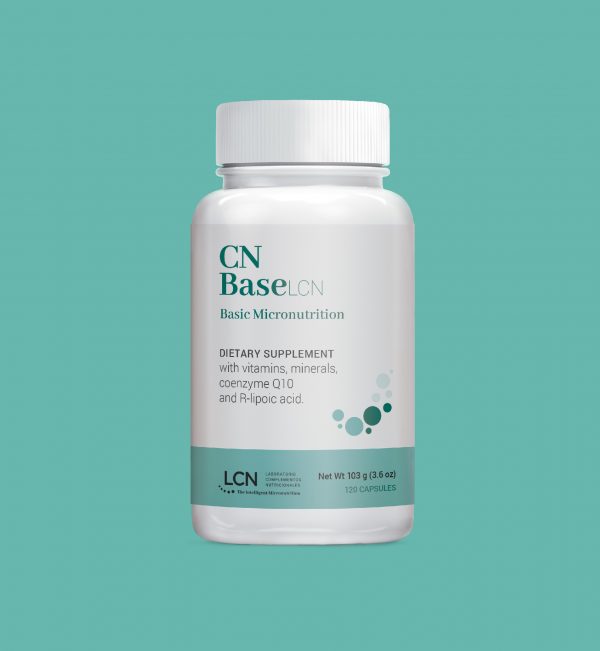Vitamin C
What is it?
Vitamin C or ascorbic acid.
Vitamin C is an essential micronutrient and a basic micronutrient.
Vitamin C contributes to the following:
- Normal collagen formation for normal functioning of blood vessels, bones, cartilage, gums, skin, and teeth.
- Normal energy metabolism.
- Normal functioning of the nervous system.
- Normal psychological functioning.
- Normal functioning of the immune system.
- Protecting cells from oxidative damage.
- Reducing tiredness and fatigue.
- Regenerating the reduced form of vitamin E.
- Improving iron absorption.
Vitamin C supplementation
Vitamin C can be administered as pure L-ascorbic acid or through mineral ascorbates (ascorbic acid salts). These salts are neutralized and, therefore, much less acidic than other forms of ascorbic acid. Mineral ascorbates are recommended for people who experience gastrointestinal problems (stomach pain or diarrhea) with ascorbic acid. When ascorbic acid mineral salts are ingested, both the ascorbic acid and the minerals are apparently well absorbed, so it is important to consider the dose of the mineral accompanying the ascorbic acid when large amounts of mineral ascorbates are ingested.
Low-quality vitamin C dietary supplements can contain inactive stereoisomers (a similar but biologically inactive molecule). Despite these small differences, ascorbic acid stereoisomers are inactive in the body, given that the enzymes specifically recognize L-ascorbic acid. Erythorbic acid (D-isoascorbic acid) differs in the spatial configuration in the fifth carbon atom and has less than 5% of the activity of biological vitamin C.
Foods with vitamin C
The best sources of vitamin C are generally fruits and vegetables, although it is also found in some meats, particularly liver. As for plants rich in vitamin C, this depends on the plant variety, the type of soil where it is grown, weather conditions, storage conditions and, above all, the preparation method (Anonymous 2009).
With respect to animal sources, most of the meat consumed in the human diet is muscle, rather than liver, animal sources are not as useful as sources of vitamin C. Thus, while the vitamin is present in human breast milk and also cow milk, processes such as pasteurization reduce the concentration to trace amounts (Clark 2007).
Vitamin C is very sensitive to light and heat and breaks down chemically under certain conditions. Thus, the vitamin C concentration falls over time in proportion to the storage temperature, and cooking can reduce the vitamin C content of vegetables by up to 60% (Allen and Burgess 1950). Long cooking times degrade the vitamin even more, particularly when the pots used contain copper, which catalyzes degradation (Anonymous 2005). In contrast, research has demonstrated that fresh fruit stored in the refrigerator for a few days loses very few nutrients (Hitti 2006).
The common plant foods with the highest vitamin C content are the following:
- Peppers (very high content), parsley, broccoli, cabbages, watercress, spinach, asparagus, chard, onions, and tomatoes.
- Kiwis, strawberries, oranges, lemons, grapefruits, papayas, mangoes, melons, mandarin oranges, and raspberries.
The foods with the highest bioflavonoid content include the following:
- Fruits: blueberries, black currants, blackberries, strawberries, grapes, cherries, apples, oranges, grapefruits, lemons, etc.
- Vegetables and herbs: chard, onions, broccoli, parsley, celery, thyme, etc.
- Legumes: soybeans, etc.
- ..
- White and green tea, red wine, etc.
In general, the bioavailability of bioflavonoids is low.



